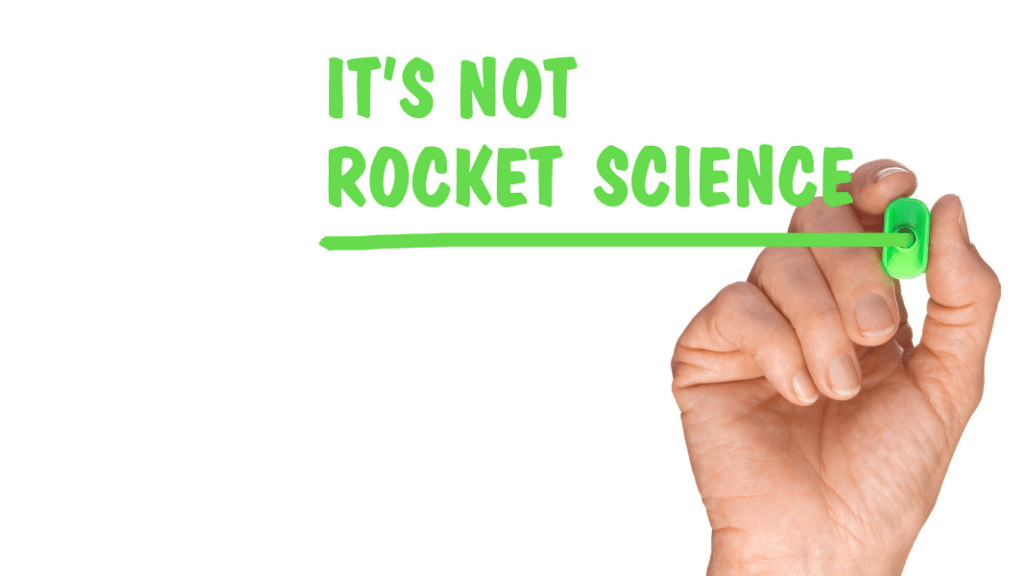Why you might not be improving your OEE
OEE stands for Overall Equipment Effectiveness and I'm often engaged in conversations with manufacturing businesses about whether measuring it will actually improve their manufacturing efficiency at all.
Well, this implies it might not but I want to share with you why this might be the case, and I have some case studies that back this up.
Welcome to episode nine of a fourteen-part series by John Broadbent from Realise Potential.
Back in 1998, an engineer from Colgate-Palmolive approached my company to ask if we could build an OEE Asset Utilisation engine inside their SCADA platform of choice, which was Wonderware InTouch at the time. I'd had deep experience as an Intouch developer during the 1990s while building multiple factories in South East Asia for an Australian company, and met this engineer on the Intouch training course I was teaching. We built the engine and it was so successful, that it became the global standard, Plant Floor Information System or PFIS.
I've since contributed to several successful OEE builds for other businesses, so you might say I know a thing or three about its application and uptake.
So, back to the video pause button.
Why would investing in an OEE software system, whether in the cloud or on-premise, not contribute to improved overall efficiency?
Let me take you back to 1950 and the advent of what became known as TPM, or Total Productive Maintenance, developed by Seiichi Nakajima in Japan. It wasn't until 1971 that his ideas became widely accepted.
This summary from Wikipedia sums TPM up really well. "Total Productive Maintenance is a method of physical asset management focused on maintaining and improving manufacturing machinery, in order to reduce the operating cost to an organisation." In other words, it's about maintaining the physical assets in the most optimal way, to produce in the most effective way.
When I talk with prospective OEE implementers and I start the TPM discussion, they often look at me confused, and I can understand why.
"What has TPM got to do with OEE?"
I'm happy you asked!
 To summarise, OEE is based on a model sometimes known as APQ, which stands for Availability, Performance and Quality. So OEE is 3 percentages multiplied together, A x P x Q, to arrive at an overall percentage. For example, the world's best practice OEE of 85% is calculated from 90% Availability, 95% Performance, and 99% Quality, and these were set by Nakajima himself. However, there's some disagreement about whether they're applicable across all sectors. I'll leave that debate to others.
To summarise, OEE is based on a model sometimes known as APQ, which stands for Availability, Performance and Quality. So OEE is 3 percentages multiplied together, A x P x Q, to arrive at an overall percentage. For example, the world's best practice OEE of 85% is calculated from 90% Availability, 95% Performance, and 99% Quality, and these were set by Nakajima himself. However, there's some disagreement about whether they're applicable across all sectors. I'll leave that debate to others.
Of course, you can reach the same OEE by swapping the numbers, such as 99% Availability and 90% Quality, but then you'd be making 10% waste. Not a good idea!
And by the way, if you're going to measure OEE, best to start and establish a baseline, then try to improve your own numbers, rather than compare to other industries.
So, here's the relationship between TPM and OEE.
If you're maintaining your machines in accordance with proper maintenance schedules, then you'd expect Availability would be high due to minimal downtime.
Performance would be optimal because the machine is producing at the designed rate, and Quality would be the best it can be because the equipment is being maintained properly and making good widgets.
Hence, OEE was developed as a means to measure the effectiveness of the TPM programme itself.
If you don't have a proper TPM programme in place, chances are you'll invest in an OEE solution and not be able to move the needle. I've seen this over and over again and in fact, one global organisation, once operating a plant outside of Melbourne, appointed a new regional director and the first thing he did was stop the ongoing investment in the OEE system.
Why? Because in 8 years they hadn't moved the needle. He insisted the business go back to clipboards and paper, as he wanted those responsible for the numbers to have a connection with them, not to be automatically generated by a computer system and appear as a line item on a weekly report.
Ownership!
This made perfect sense to me, once I understood his thinking, even though it meant the loss of a client project and revenue.
Here are some questions for you to ponder then, regarding OEE:
- Do you have a system at all?
- Is it manual and if so, do you believe the downtime values, because my experience is that manually recorded downtime is make-believe and can be out by as much as 20% and it never contains what are known as micro-stops
- Do you have a TPM programme in place?
- If you do have an OEE system, what's been the improvement over the life of the system?
- What's been the true return on the investment?
Having been deeply involved in OEE systems for many organisations over more than two decades, I'm certainly a fan when something else like a TPM programme is in place to support it. However, in my experience, it can be a complete waste of time and money, if there's nothing to back it up to improve it.
So, feel free to comment below on whether your organisation measures OEE and whether it's made a difference in your business, and what you've done for this to occur.
If you need any help or clarification on OEE and TPM, you can reach out to me on LinkedIn or the Realise Potential website.
Until next time, may all your production be efficient!
John Broadbent

Watch John's original LinkedIn video here.
.png?width=190&name=IPA%20Logo%20Transparent%20(Hi-Res).png)




